 |
| Fungi on a felled Beech in The Knoll, Hayes, on 24 December 2012. |
It's interesting that they seem to have colonised the wood in wedges, rather than in rings from the outside in.
 |
| Fungi on a felled Beech in The Knoll, Hayes, on 24 December 2012. |
 |
| Amanita muscaria (Fly Agaric) under the glaucous form of the Atlas Cedar (Cedrus atlantica forma glauca). Kelsey Park, 30 October 2012. |
 |
| Amanita muscaria (Fly Agaric) under the glaucous form of the Atlas Cedar (Cedrus atlantica forma glauca). Kelsey Park, 30 October 2012. |
 |
| Sawn deadwood near Leaves Green, 15 December 2012. |
 |
| Garden Snail, Helix aspersa, near Leaves Green, 15 December 2012. |
 |
| Blue-tit, Cyanistes caeruleus, in my garden in Hayes. 30 November 2012. |
 |
| Great Tit, Parus major. In my garden in Hayes on 27 November 2012. |
 |
| Coal-tit, Periparus ater, in my garden in Hayes. 30 November 2012. |
 |
| Long-tailed Tit, Aegithalos caudatus, in my garden in Hayes. 27 November 2012. |
 |
| A valley in Knole Park, 22 September 2012 |
 |
| Fallow Deer, Dama dama. Knole Park, 22 September 2012. |
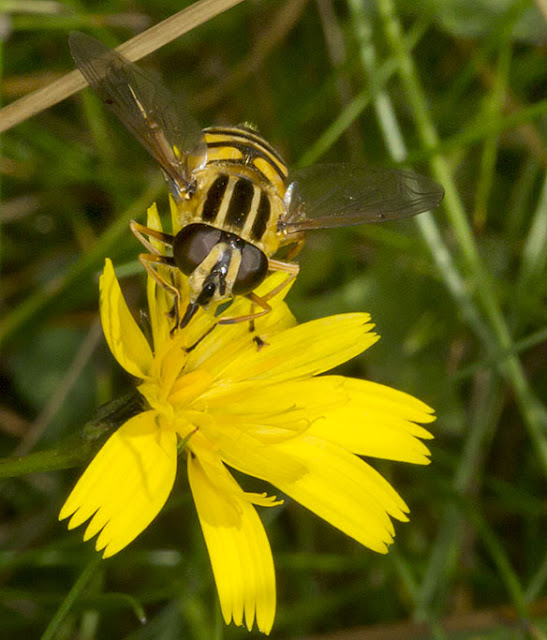 |
| Hoverfly, Helophilus pendulus. Knole Park, 22 September 2012. |
 |
| Two Small Coppers, Lycaena phlaeas, on Ragwort, Senecio jacobaea. Knole Park, 22 September 2012. |
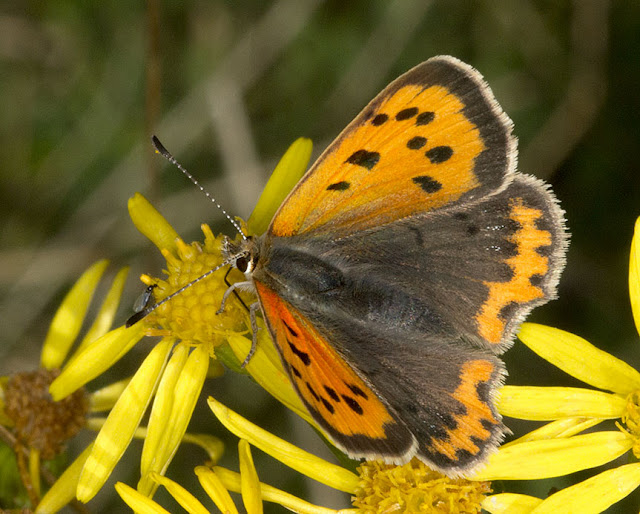 |
| Small Copper, Lycaena phlaeas, on Ragwort, Senecio jacobaea. Knole Park, 22 September 2012. |
 |
| Stapelia variegata flower on my windowsill in Hayes, 6 December 2012. |
 |
| Stapelia variegata flower on my windowsill in Hayes, 6 December 2012. Centre detail. |
 |
| Stapelia variegata flower on my windowsill in Hayes, 6 December 2012. Detail of a petal. |
 |
| Stapelia variegata flower on my windowsill in Hayes, 6 December 2012. Back view. |
 |
| Amethyst Deceiver, Laccaria amethystina. Hayes Common, 25 November 2012. |
 |
| Amethyst Deceiver, Laccaria amethystina. Hayes Common, 25 November 2012. |
 |
| Beech trees with Meripilus giganteus (Giant Polypore) at the base of the closest one. The Knoll, Hayes, 6 November 2012. |
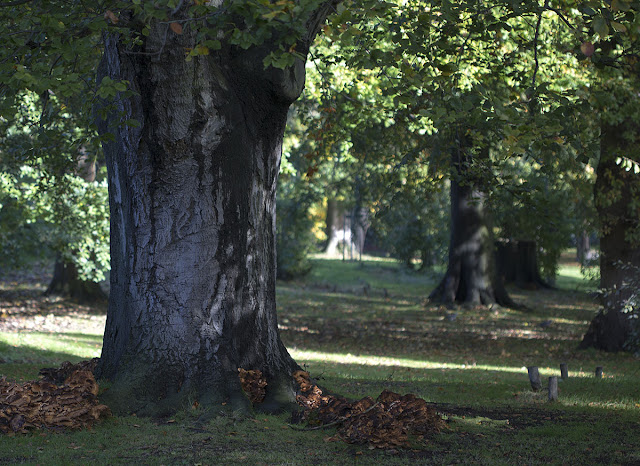 |
| Beech trees with Meripilus giganteus (Giant Polypore) at the base of the closest one. The Knoll, Hayes, 17 October 2012. |
 |
| Spider, Diaea dorsata, female. Spring Park, 17 November 2012. Brought back to Hayes for photography. |
 |
| Wasp Spider, Argiope bruennichi. Keston Common, 15 September 2012. |
 |
| Broad-Leaved Helleborine, Epipactis helleborine, on Keston Common. 14 July 2011. |
 |
| Broad-Leaved Helleborine, Epipactis helleborine, with two Seven-Spot Ladybirds, Coccinella septempunctata. Blackbush Shaw, Cudham, 19 November 2011. |
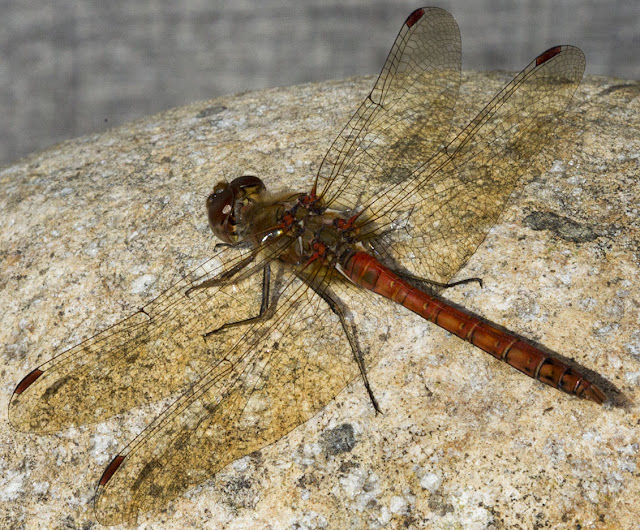 |
| Male Common Darter, Sympetrum striolatum. Mill House, Keston, 31 August 2012. |
 |
| Common Darters in tandem, ovipositing. Keston Common, 8 September 2012. |
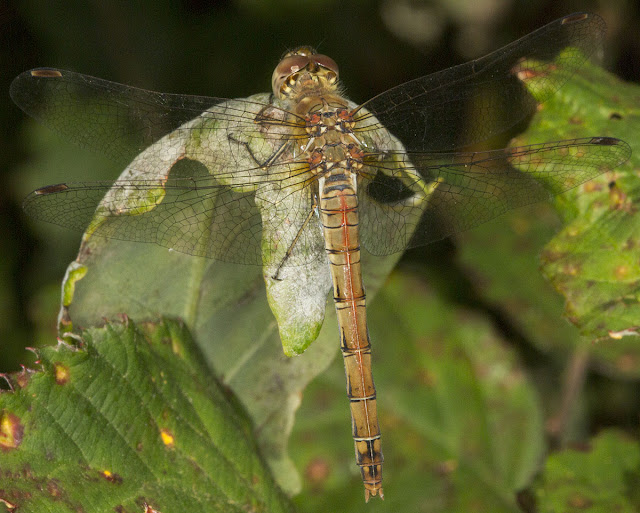 |
| Common Darter, Sympetrum striolatum. Female. Keston Common, 15 September 2012. |
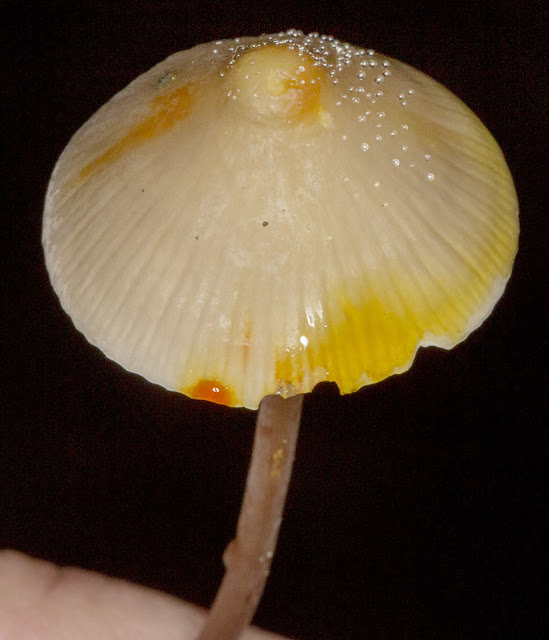 |
| Mycena crocata. Keston Common, 7 October 2012. |
 |
| Mycena haematopus. Keston Common, 11 November 2012. |
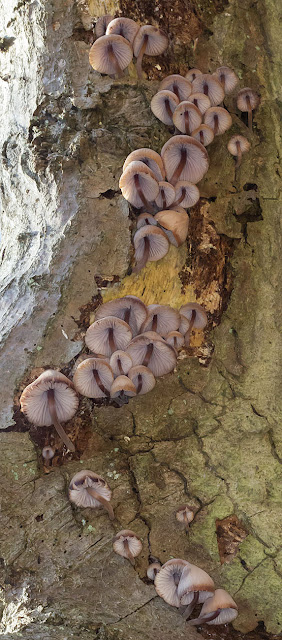 |
| Mycena haematopus. Keston Common, 11 November 2012. |
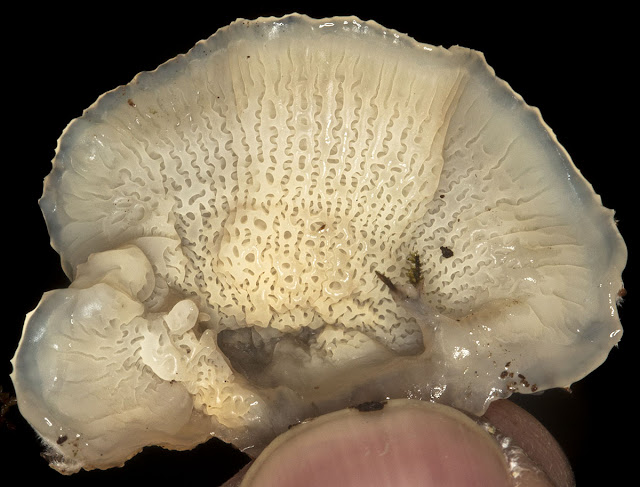 |
| Phlebia tremellosa (Jelly Rot) - underside. Knole Park, 3 November 2012 |
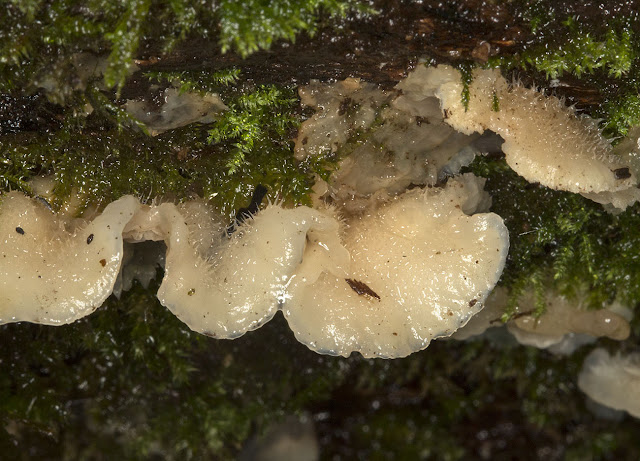 |
| Phlebia tremellosa (Jelly Rot) - upper side. Knole Park, 3 November 2012 |
 |
| Small White, Pieris rapae, laying an egg. Riverside Country Park, 10 August 2012 |
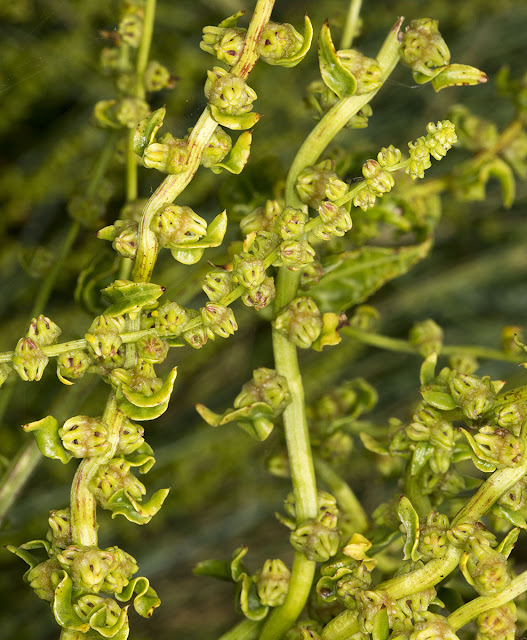 |
| Sea Beet, Beta vulgaris. Riverside Country Park, 10 August 2012 |
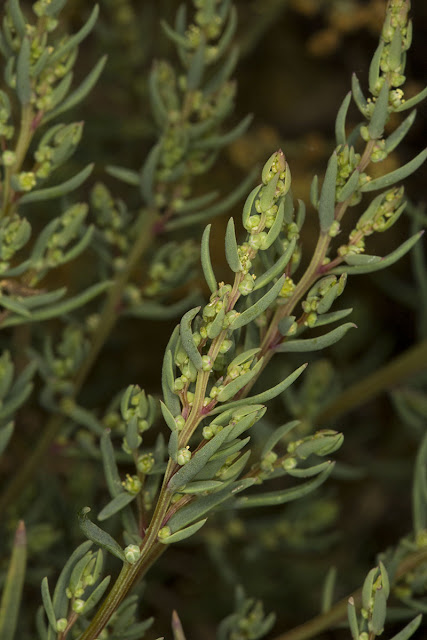 |
| Annual Sea-blite, Suaeda maritima. Riverside Country Park, 10 August 2012 |
 |
| Golden Samphire, Inula crithmoides. Riverside Country Park, 10 August 2012 |
 |
| Greater Sea-spurrey, Spergularia media. Riverside Country Park, 10 August 2012 |
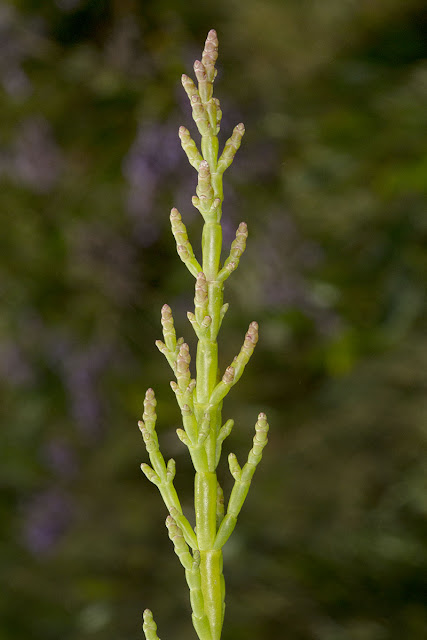 |
| Glasswort. Riverside Country Park, 10 August 2012 |
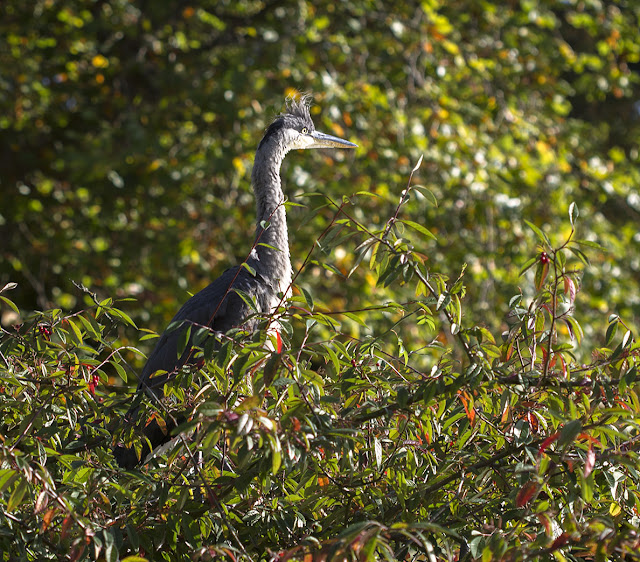 |
| Young Grey Heron, Ardea cinerea, in Kelsey Park on 27 October 2012 |
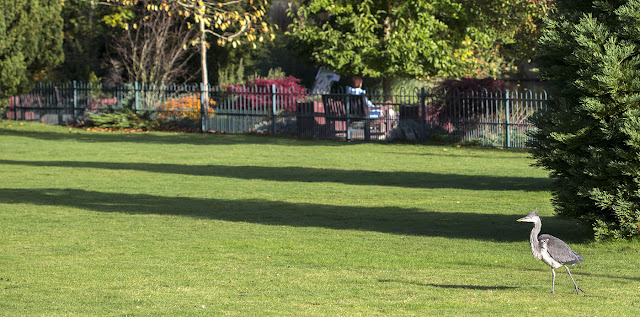 |
| Young Grey Heron, Ardea cinerea, in Kelsey Park on 27 October 2012 |
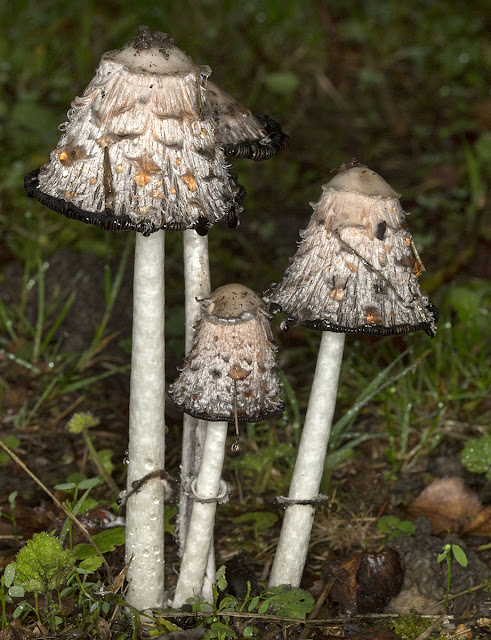 |
| Coprinus comatus (Shaggy Inkcap or Lawyer's Wig). Beacon Wood Country Park, 20 October 2012. |
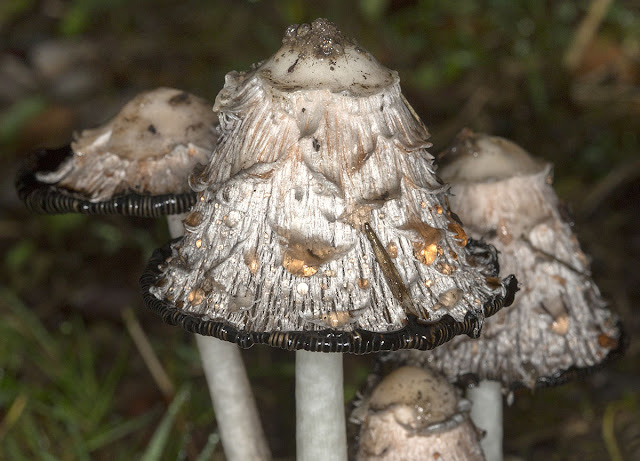 |
| Coprinus comatus (Shaggy Inkcap or Lawyer's Wig). Beacon Wood Country Park, 20 October 2012. |
 |
| Amanita muscaria (Fly Agaric). Beacon Wood Country Park, 20 October 2012. |
 |
| Amanita muscaria (Fly Agaric). Beacon Wood Country Park, 20 October 2012. |
 |
| Amanita muscaria (Fly Agaric). Beacon Wood Country Park, 20 October 2012. |
 |
| Amanita muscaria (Fly Agaric). Beacon Wood Country Park, 20 October 2012. |
 |
| Lycogala epidendrum var. terrestre. |
 |
| Ceratiomyxa fruticulosa var. poroides |
 |
| Tubifera ferruginosa |
 |
| Ceratiomyxa fruticulosa. Sevenoaks Wildlife Reserve, 14 October 2012. |